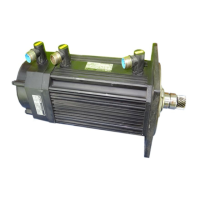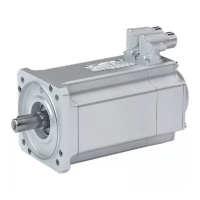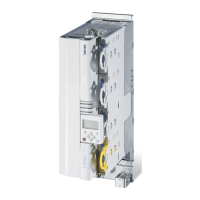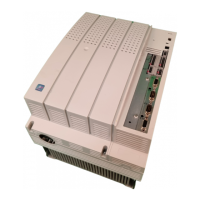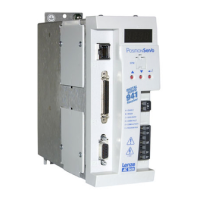Do you have a question about the Lenze MDXMA Series and is the answer not in the manual?
| Product Series | MDXMA Series |
|---|---|
| Category | Servo Drives |
| Control Mode | Torque, Speed, Position |
| Protection Class | IP20 |
| Cooling Method | Natural convection or forced air cooling |
| Communication | CANopen, EtherCAT, PROFIBUS, PROFINET |
| Operating Temperature | 0°C to +45°C |
| Relative Humidity | 5 to 85 %, non-condensing |
| Number of Axes | Single-axis |
Explains the meaning of each code element on the nameplate.
Explains the meaning of each code element for MDXK/MDXMA motors.
Lists and explains the meaning of each numbered code on the motor nameplates.
Highlights critical safety precautions for handling and operating the motors.
Highlights hazardous parts, operating conditions, and personnel requirements.
Specifies intended uses, installation context, and compliance with directives.
Covers safe mounting, alignment, and use of accessories.
Details safe electrical hookup, isolation, clearances, and terminal box requirements.
Covers safety during commissioning, operation, and potential hazards like hot surfaces.
Provides safety information specific to Lenze controllers and accessories.
Details electrical connection procedures, safety checks, and component protection.
Details hazards related to hot surfaces, electrical shocks, and brake safety.
Highlights fire risks and precautions, particularly regarding flammable substances.
Explains the function, energy limits, and wear characteristics of permanent magnet brakes.
Describes the function, friction surface care, and wear of spring-operated brakes.
Crucial warnings regarding impact loads, shaft protection, and coupling hub installation.
Emphasizes that electrical connections must follow national and regional regulations.
Lists essential checks before initial commissioning, including connections and safety devices.
Highlights that built-in brakes are not fail-safe.
Explains parameter setting for 9300 controllers, including current and speed controller adjustments.
Details parameter settings for ECS controllers regarding speed and current control.
Outlines checks for motor rotation direction, torque, current consumption, and feedback system.
Lists items to check during regular operation, such as noises, temperatures, and cable conditions.
Provides a table of common motor faults, causes, and remedies like voltage and cooling checks.
Addresses issues like motor not starting, sudden stopping, and incorrect rotation direction.
Covers troubleshooting for vibrations, running noises, and excessive motor temperatures.
Lists safety precautions before performing maintenance, such as de-energizing the system.
Step-by-step guide for realigning the resolver if it's in the wrong position.

